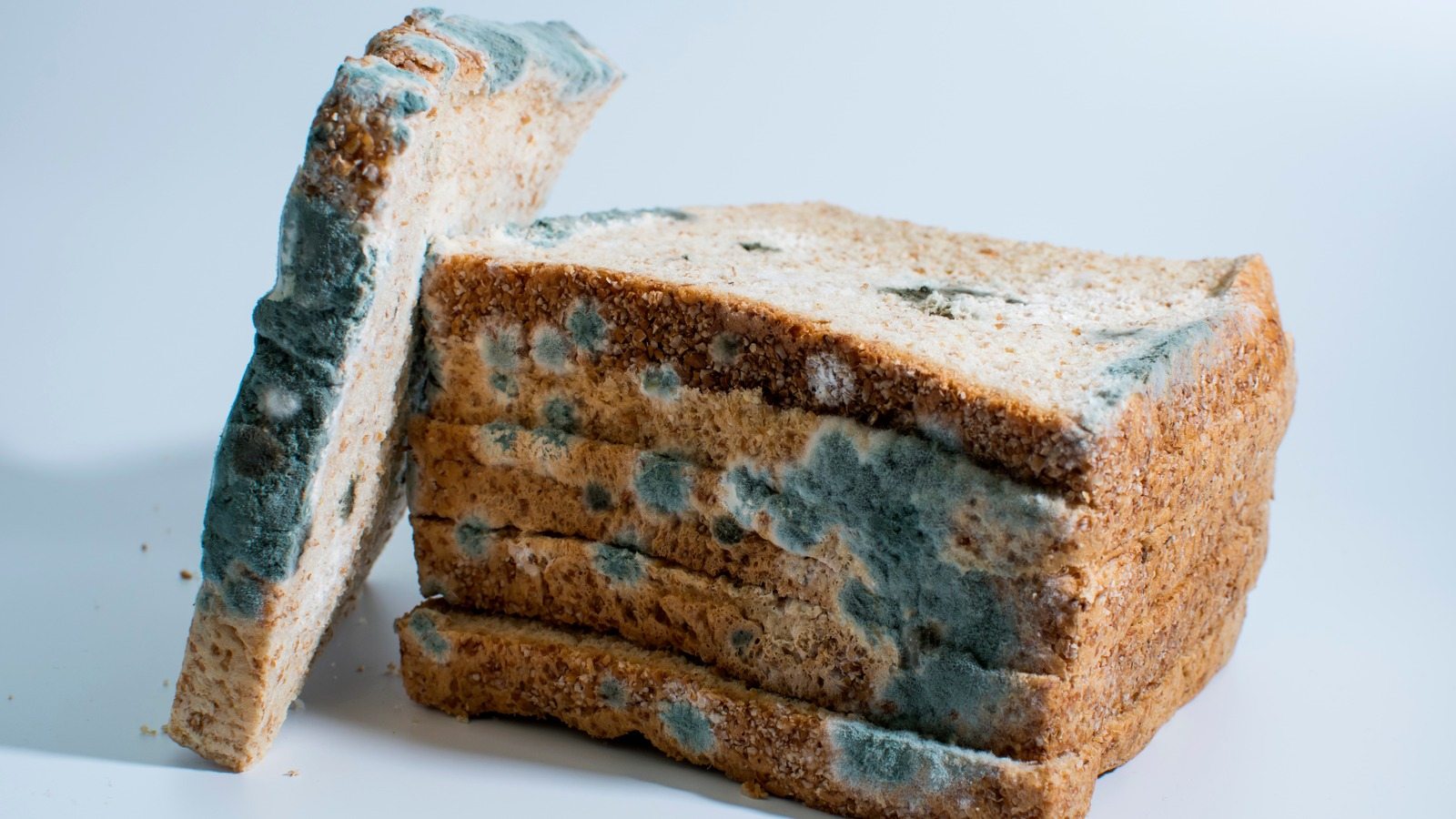If you’ve eaten moldy food, don’t worry. It’s usually not a big deal.
Your body will get rid of it. If you’re healthy and don’t have a mold allergy, your body should be able to fight off any illness. You might vomit or feel sick because you don’t like the taste, but your body doesn’t need to get rid of the mold you eat.
If you want to be safe, throw away the moldy food.
Can you eat moldy food?
The USDA says most moldy foods are too risky to eat. This applies even when the mold is all over the food, and you can cut off the affected part. The only exceptions are hard cheeses, cured meats, and certain fruits and vegetables. Some fruits and vegetables, like carrots or cabbage, can be saved. Make sure they’re soft enough. Cut out the mold at least an inch around. Don’t touch the mold with your knife to avoid cross-contamination.
The same method applies to hard cheeses. You can scrub the fuzzy stuff off cured meat. Surface mold is a natural part of this product and should be safe. If there’s mold on food, throw it away. It’s not worth the risk to your health.
Is mold bad?
There are over 100,000 types of mold, but not all are in food. If your meat or poultry looks fuzzy, it’s probably mold. There are many types, like Botrytis, Geotrichum, Oidium, Penicillium, or Thamnidium.
If you see mold on fresh meat, poultry, or seafood, throw it away. However, the presence of mold does not necessarily mean the food must be thrown away.
Mold from the Penicillium genus helps give Camembert, Brie, and Roquefort flavor and appearance. These molds act like others, but the controlled conditions prevent them from producing harmful toxins.
You can’t stop mold from getting on your food. Fruit, meat, cheese, and other food in your pantry, refrigerator, and freezer come into contact with outside air. This happens in nature, at factories, on the way to the store, at the store, and home. Airtight packaging helps, but no packaging can eliminate it.
Also, keep your kitchen, fridge, and food containers clean to reduce mold. Mold grows in warm, moist environments. Isotherm bags and refrigeration slow the spread of mold on food.
The food industry tries to prevent mold growth, but it’s impossible to eliminate the risk. The same is true at home. If some of your food grows mold, know that not all mold is harmful. You can cut it away from certain foods and eat it safely. For the rest, throw it away.

 Discuss
More news
Discuss
More news


